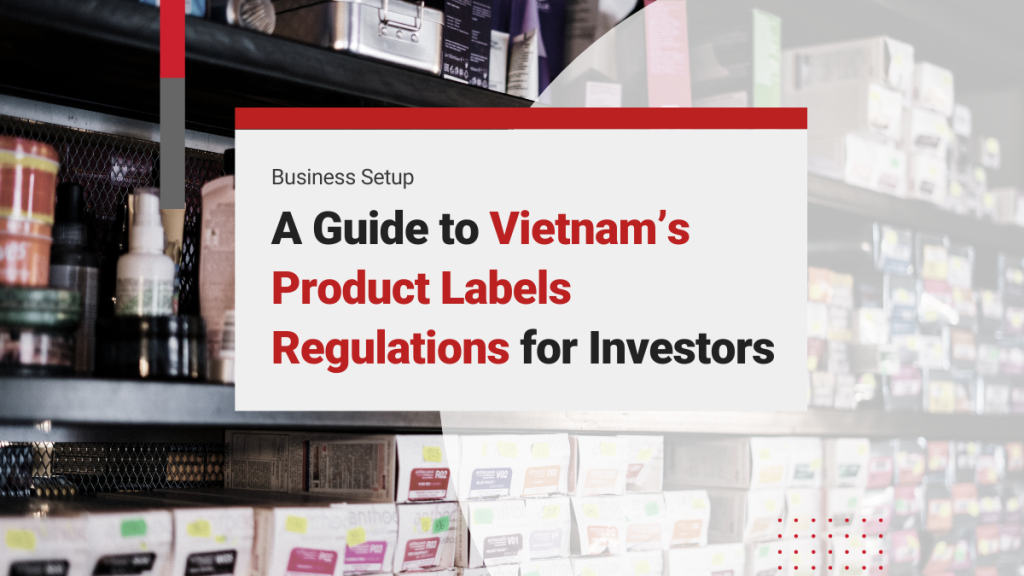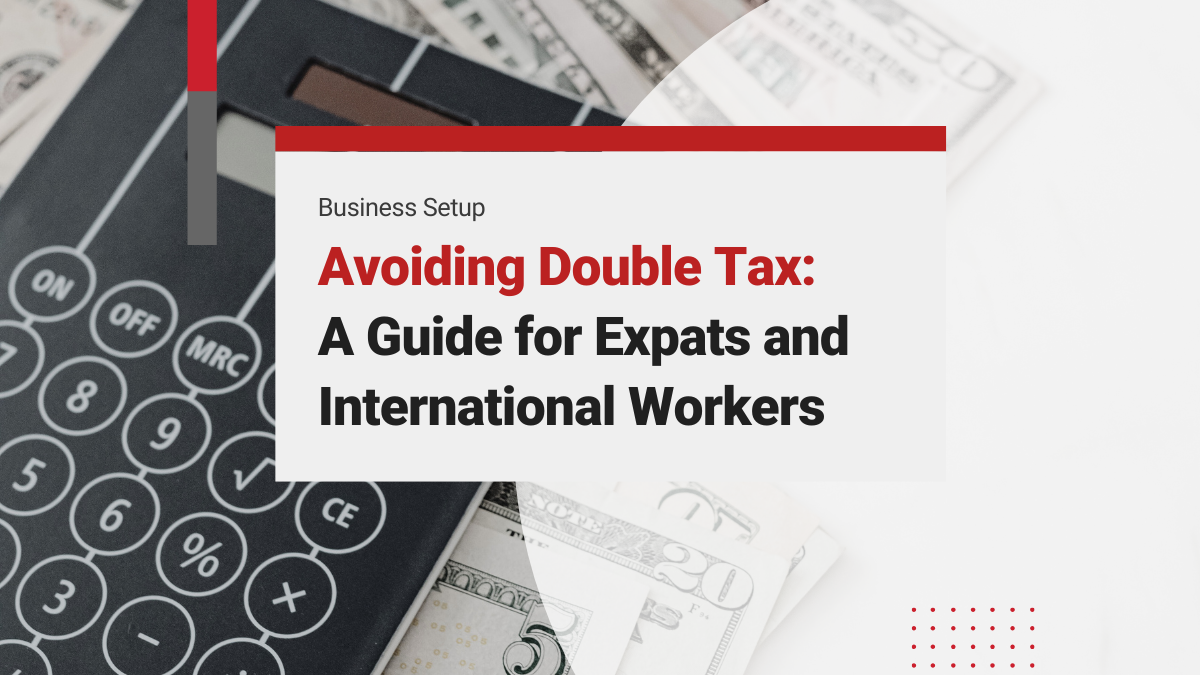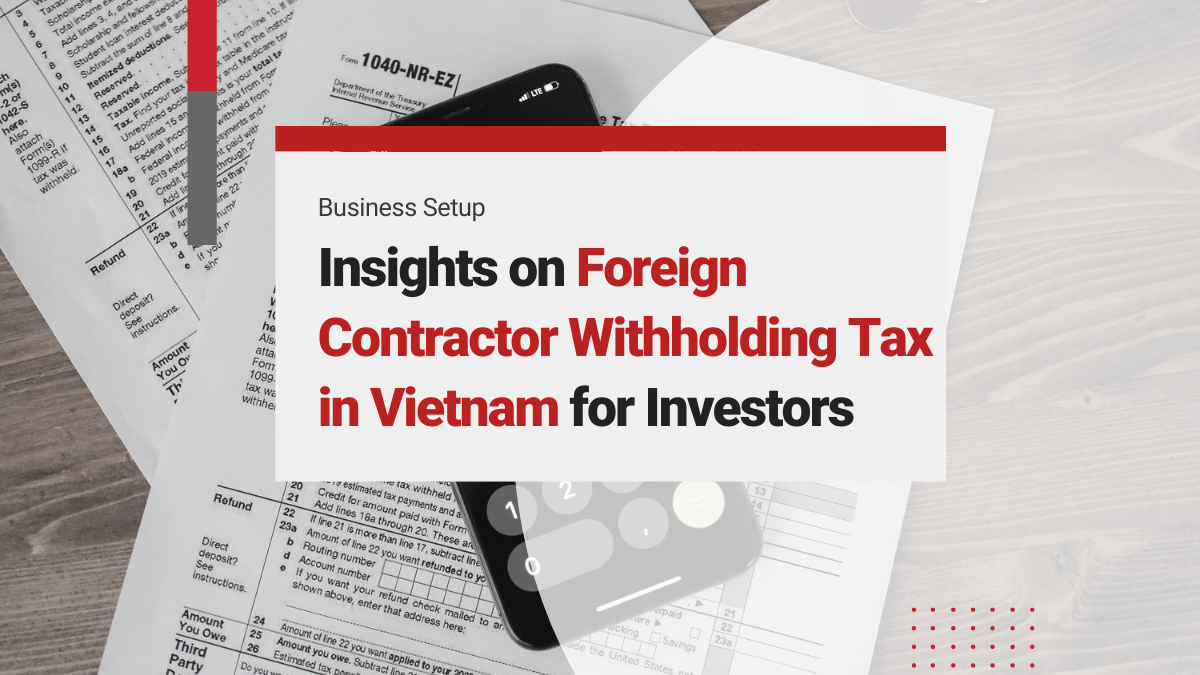When it comes to the import and export of goods, product labels are extremely important for compliance. It’s particularly vital in the labelling of pharmaceutical products and food items as they display the side effects, nutritional details, ingredients, manufacturing date, country of origin, expiry date etc to consumers.
According to a US study, 68% of consumers care for the cruelty-free origin of products and are willing to pay more. The situation is similar in all countries including Vietnam as product labels are the benchmark of consumer protection.
So, as a businessman in Vietnam, you need to keep abreast of the latest updates in goods labelling in Vietnam (Circular No. 29/2023/TT-BYT which came into effect on February 15, 2024) and make the changes to your product labels accordingly. In this article, we will take you through the labelling details necessary for imported and exported goods in Vietnam.
Need Help with Product Labels? Check out InCorp Vietnam’s Product Registration Services in Vietnam
1. What is a Product Label?
Before we delve deeper into the 2024 goods labelling updates, it is crucial to understand the concept of product labels, including dangerous goods labels meanings. These are specially designed tags that provide critical information about the goods and their manufacturing process, including how dangerous they are or how soon they will go stale. The labels ensure that consumers get a clear idea of the ingredients, storage conditions, usage instructions, safety warnings, and expiry date. It is also an avenue for businesses to supply information about their brand identity, like logos, mottos, taglines, or any other details that help the consumer associate the product with a particular brand.
Product labels in Vietnam need to furnish all information about the goods along with the details of the manufacturer, their address and manufacturer date in Vietnamese language and any other additional language like English. This labelling is essential for businesses to show that they are adhering to goods safety protocols and avoid legal liabilities. It also helps a company to separate and demarcate its products from its competitors. An effective label design can easily attract customers and communicate all the necessary information about the product including its benefits, value and features.
While accurate labelling builds consumer trust and the goodwill of the company in the market, errors in the product labels can be regarded as false claims and tarnish the reputation of the company along with legal issues.
Read More: Product Registration in Vietnam: Regulations on Application Process for Investors
2. Components of a Good Label
A formidable part of knowing about product labels is understanding the components of a good label. Generally, product labels are printed statements attached to the package or they can be directly imprinted on the product itself like healthcare labels.
Product labels should have the following components to be considered as a good label:
- Product description: This provides all the necessary information regarding the product including the ingredients along with their calorific/nutritional values, weight, usage and storage instructions.
- Brand information: This informs the customers about the brand and has elements like logo, tagline, brand message, motto and other company guidelines.
- Compliance-related legal information: This is vital to know the product fulfils all the safety and regulatory requirements in a particular country as it includes grading and certifications like food safety certification. Nutritional facts, allergy information, the dangerous nature of the goods, manufacturing and expiry dates are also part of it.
- Marketing information: The companies use this to inform the customers about offers and discounts on the product in addition to the actual price of it. Images, illustrations and texts that deliver different attractive messages about the product are also part of the marketing component of the labels.
- Identification marks: Every product is marked by barcodes and UPC codes to make it identifiable for billing and sale- whether offline or online.
- Manufacturer information: This provides information regarding the manufacturer including their address and also if there’s a parent company it should be displayed here.
3. Requirements for Goods Labeling in Vietnam
As per the updated goods labelling requirements, all product labels in Vietnam should be written in Vietnamese language (additionally English) and have the following displayed:
- The name and origin of the products
- Contact information of the people responsible for it including manufacturer address
- Quantity of the goods, the manufacturing and the expiry date of the product and warning for dangerous goods for commodities
- For electric and electronic goods the ICT mark that certifies the importer, the CR mark that certifies the product and the Energy Efficiency (EE) label supplied by the importer are needed. Apart from these, electronic products also need to display the year of manufacturing, the technical specification of the product, warning information and a guide for maintaining and using it. The manufacturer also had to declare if the electronic goods were refurbished
- For imported goods, foreign language labels should be replaced with Vietnamese labels having all the necessary information like name and country of origin of the products, name and address of the importer, and name of the foreign manufacturer along with customs clearance
In case, the product labels don’t have the contact details of the foreign manufacturer, all documents supporting the information have to be attached to the goods.
Read Related: Your Simple Guide to Customs Procedures for Vietnam Import & Export
4. Key Regulations on Pharmaceutical Product Label in Vietnam
On November 30, 2023, Vietnam’s Ministry of Health issued Circular 23/2023/TT-BYT, introducing important revisions to labeling requirements for pharmaceutical products.
4.1. Flexible Packaging for Special-Use Drugs
Radioactive Pharmaceuticals
Recognizing the distinct risks and complexities associated with radioactive drugs, the Circular introduces tailored labeling guidelines. Clause 3, Article 3 permits labels and package inserts for these products to be either included with delivery documentation sent to treatment facilities or affixed to packaging used for storage and transportation—offering more practical compliance pathways in line with international handling standards.
Emergency-Use Drugs
Clause 4 provides additional flexibility for imported pharmaceuticals authorized for urgent use cases such as national defense, epidemic response, or natural disaster recovery. In these scenarios, package inserts may be affixed directly to secondary packaging, helping ensure regulatory compliance while enabling timely distribution during emergencies.
4.2. Label information compliance
Vietnam’s Circular 23/2023/TT-BYT introduces several updates aimed at strengthening transparency, compliance, and market accessibility for pharmaceutical imports.
- Secondary Labeling Requirements: Article 5 mandates the use of secondary labels for imported drugs that lack complete information as required by local regulations. This ensures all essential product details are clearly provided after customs clearance, enhancing transparency and regulatory compliance across the pharmaceutical supply chain.
- Simplified Customs and Language Compliance: To streamline market entry, the Circular allows for the post-clearance addition or replacement of Vietnamese-language package inserts. This change reduces procedural bottlenecks and ensures that end-users have access to accurate and locally relevant product information.
- Digital Labeling Integration: In line with the Ministry of Health’s digital roadmap, Article 35 authorizes the use of barcodes, QR codes, DataMatrix, and similar technologies on product labels. This facilitates electronic instructions for use and improves traceability, inventory control, and consumer access to product information.
- Timely Updates for Generic Drugs: Article 38 introduces clearer guidelines for updating labels and package inserts of generic drugs to align with their brand-name counterparts. Registrants and manufacturers are required to complete updates within 12 months from the publication of revised brand-name inserts on the Drug Administration of Vietnam’s official website. Notably, these updates can be made proactively without prior notification to the Ministry, unless otherwise instructed.
5. Key Regulations on Food Nutrition Label in Vietnam
Vietnam’s updated regulations now require food manufacturers to provide clear and standardized nutritional information on product labels. Mandatory disclosures include energy (kcal), protein (g), carbohydrates (g), fat (g), and sodium (mg). These changes aim to support public health by empowering consumers to make more informed dietary choices.
Additional labeling requirements apply to specific product categories:
- Beverages, dairy products with added sugar, and sugar-added foods must state total sugar content.
- Fried foods are required to display saturated fat levels.
- Nutrients falling below the thresholds outlined in Annex I are exempt from disclosure.
To support a smooth transition, the regulation sets a phased compliance timeline:
- By December 31, 2025: All food businesses must meet the new labeling standards.
- From January 1, 2026: Non-compliant labels will no longer be permitted for production, printing, import, or distribution.
This regulatory shift aligns with Vietnam’s broader efforts to improve food transparency, enhance consumer trust, and standardize market practices.
6. Key Regulations on Construction Materials Products and Goods Label in Vietnam
The labeling of construction materials products and goods is carried out according to the provisions of Decree 43/2017/ND-CP on goods labeling; Decree 111/2021/ND-CP and Circular 18/2022/TT-BKHCN which stipulate details on certain mandatory contents displayed on labels of some groups of goods by electronic methods.
In cases where the content of labeling construction materials products and goods is specifically regulated by national technical standards, regulations, and other related legal documents, in addition to complying with the provisions of item (1), construction materials goods must be fully labeled according to the national technical standards, regulations, and corresponding legal documents.
Circular 10/2024/TT-BXD is effective from December 16, 2024.
How Can InCorp Vietnam Help?
Given that the product registration process in Vietnam is laborious and time-consuming, it is crucial to enlist the help of certified professionals skilled in navigating the complexities of goods labeling regulations. The intricate requirements for labeling products, such as pharmaceuticals, healthcare items, and dangerous goods, necessitate a thorough understanding of both domestic and international standards. InCorp Vietnam offers comprehensive support to businesses, ensuring that your product labels are fully compliant with all regulatory requirements. Our experts stay updated with the latest changes in legislation and provide tailored advice to meet your specific needs, handling everything from initial assessments to complete redesigns and re-registrations.
By partnering with InCorp Vietnam, you gain access to extensive experience and knowledge that can streamline the labeling process. We ensure your labels accurately reflect necessary information, helping you avoid potential fines and legal complications while building consumer trust and enhancing your brand’s market presence. Our dedicated professionals are committed to making the product registration and labeling process as smooth and efficient as possible. With our support, you can focus on your core business activities, confident that your product labels meet all standards and regulations, ensuring your products are market-ready and compliant.

clients worldwide

professional staff

incorporated entities in 10 years

compliance transactions yearly
Learn the Right Setup for Business
Expansion in the Vietnam
Frequently Asked Questions
What Does the Law State for Healthcare Labels?
- When it comes to healthcare labels, Vietnam has specific requirements like the circulation number holder of the medical device and the owner’s name and address. In case, the medical equipment doesn’t have a circulation number, the contact details (name and address) of the owner or the licensed importer of the device should be displayed.






